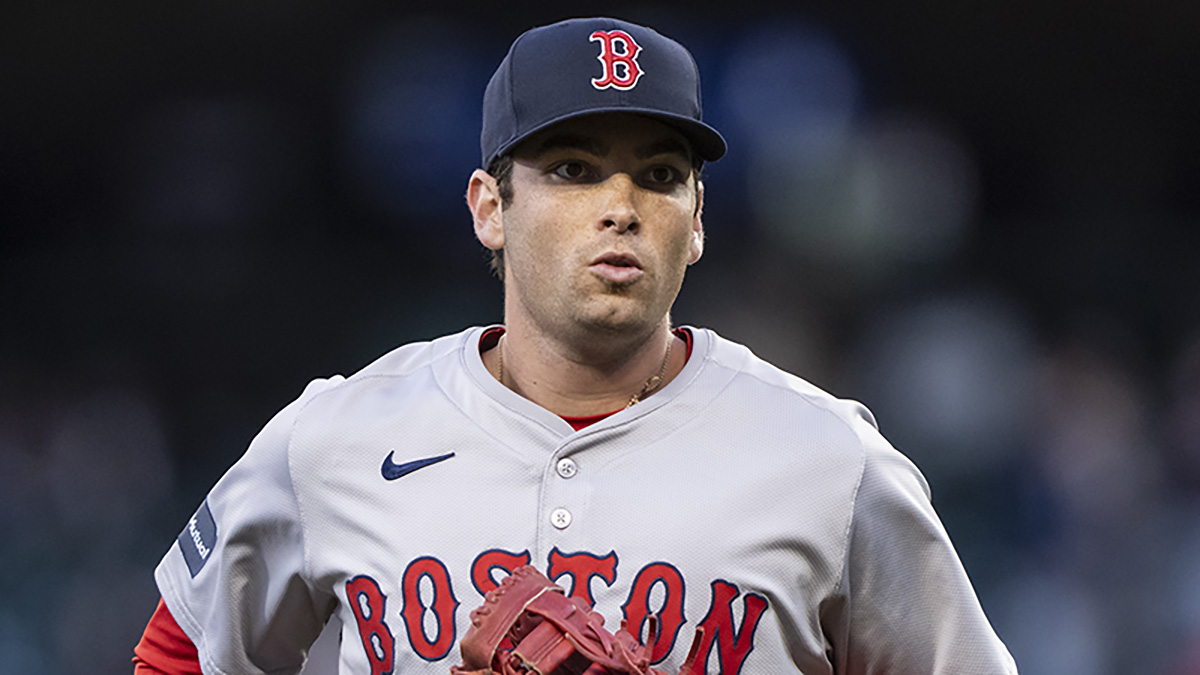It's no surprise that Red Sox television ratings cratered this season. That's the price of being not only horrible, but unwatchable. Viewers deserted the team in droves.
What's shocking, however, is the depths to which those ratings sank. According to Forbes, the Red Sox suffered the largest percentage drop in all of baseball, losing a whopping 58 percent of their viewers as compared to the first 60 games of the 2019 season.
Average Red Sox ratings plummeted from 5.15 to 2.14, translating into a massive loss of eyeballs. In 2019, an average of 159,000 households tuned into their games. This season, that numbered dropped to 72,500. By one Patriots Sunday in September, the number of homes watching their game barely hit 10,000.
Stay in the game with the latest updates on your beloved Boston sports teams! Sign up here for our All Access Daily newsletter.
Because the Red Sox own their own network, it is a major revenue driver. The ill-advised decision to start games at 7:30 p.m. was meant to boost viewership into the primetime hours. It instead sent would-be viewers to bed without ever flipping on the game, because why commit to a product that might not end before 11:30?
Tomase: If you punted on 2020 Sox season, here's what you missed
The Red Sox pay close attention to their TV ratings and know that wins equal viewers. Chasing those viewers has led to some damagingly short-sighted moves, and it will be fascinating to watch a pair of conflicting impulses play out this winter.
On the one hand, CEO Sam Kennedy is already on the record that revenues took an absolute beating this season without fans. That will almost certainly impact what the team spends this winter. On the other hand, ownership hardly wants the trend of the last two seasons to continue, since viewership had already dropped 20 percent from 2018 to 2019.
Boston Red Sox
During the Theo Epstein years, the hunger to stay competitive without ever allowing for a transitional season was known as "feeding the monster," and it led to some truly awful acquisitions, from Carl Crawford to Edgar Renteria to Julio Lugo to Rusney Castillo. John Lackey may have been redeemed by his performance in the 2013 postseason, but it's hard to call that $82.5 million money well spent. Likewise, slugger Adrian Gonzalez delivered numbers in 2011, but only a year later Ben Cherington desperately dumped the poster boy for whiny entitlement.
The worst thing the Red Sox could do right now is spend foolishly in the hopes of winning back a ratings point, because short-term decisions almost always produce long-term consequences.
Ownership hired chief baseball officer Chaim Bloom to rebuild the right way, by focusing on the farm system and younger talent. It doesn't hurt, from a bottom-line standpoint, that there won't be much reason to break the bank for another year or two, unless Rafael Devers wants to sign a contract extension.
Tomase: Reasons to feel optimistic about 2021 Red Sox
Could these awful ratings numbers change anything? Dumping a bunch of money on George Springer or Trevor Bauer in free agency would help the Red Sox compete in 2021, but not to the point where they're actual contenders, and at the cost of the fourth pick in the second round of the draft.
That's called setting back your rebuild, and it accomplishes nothing because the Red Sox aren't going to win back their fans or their ratings in one year. This rollercoaster cycle of titles and last place finishes must end.
Build it right and not only will it last, but people might actually make a habit of watching, too.


